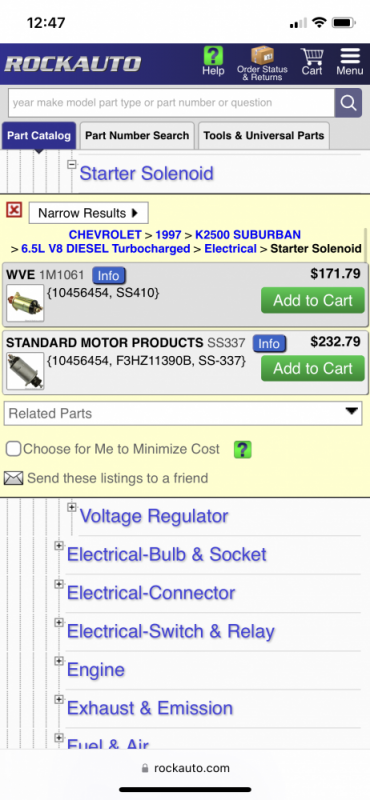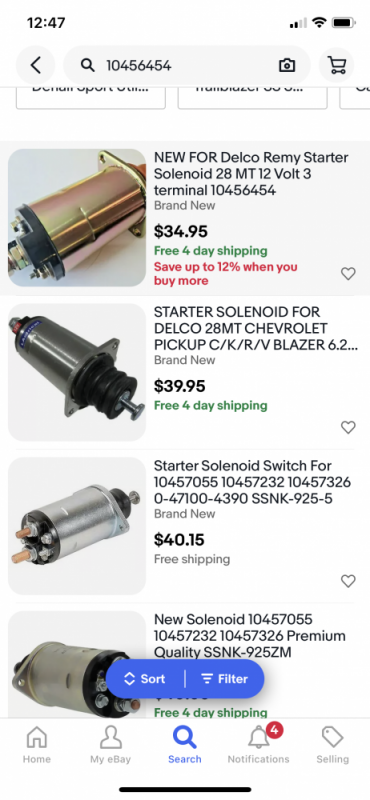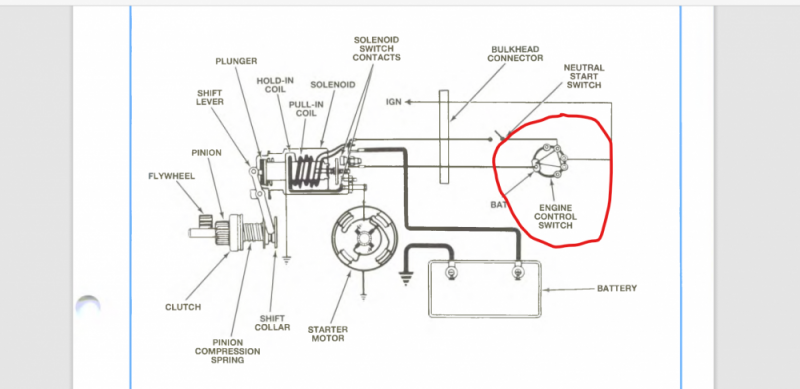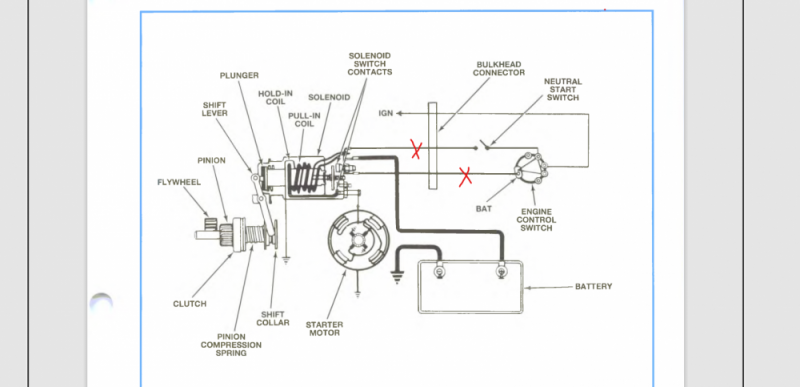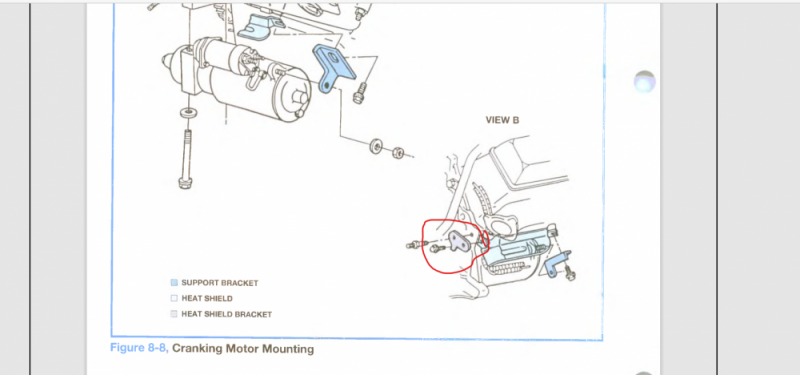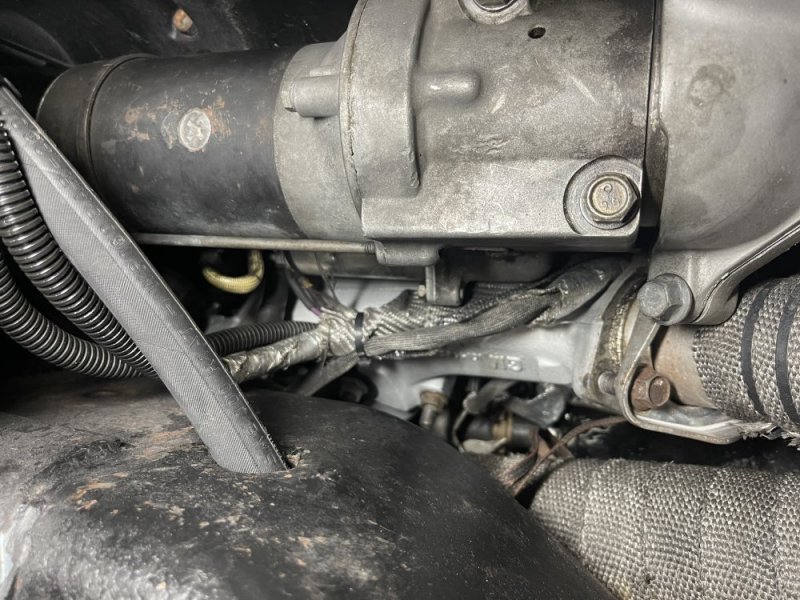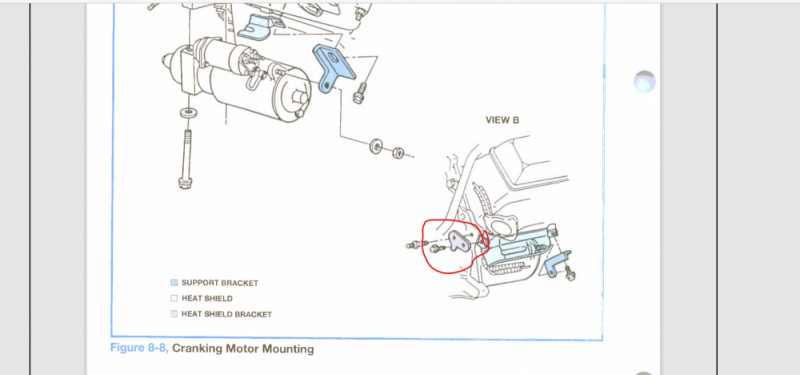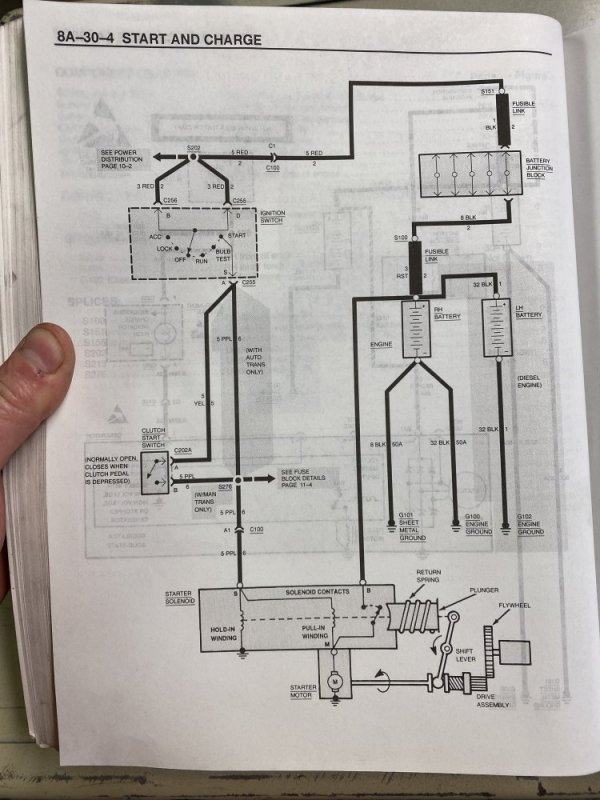n8in8or
I never met a project I didn’t like
For what it’s worth, I looked up the solenoid on Rock Auto. Pricey, but it gave me some part numbers. The Standard one is expensive everywhere, but I checked the GM part number and there are some cheap ones on eBay…..cheap Chinese knock-offs no doubt, but if you’re just trying to do something cheap to get you by, this may do it, especially with some heat shielding.
